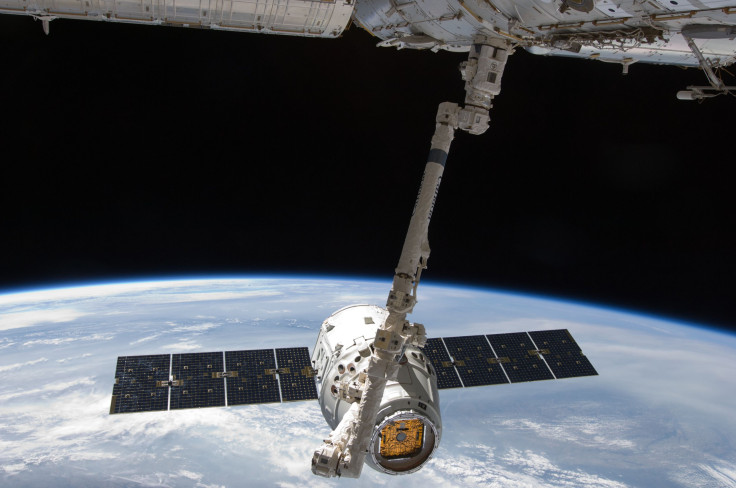US military plans to build robot-run 'transportation hub' in new space region

The US military aims to build a depot far from Earth to provide the future of spaceflight of building, refuelling and repairing spacecraft all with a highly capable robotic arm. The Defense Advanced Research Projects Agency, or DARPA, is developing the robotic arm for a future space "transportation hub" working without the aid of human hands.
The transformative transportation hub was planned to be positioned at the geosynchronous orbit, or "GEO," than at the low-Earth orbit, said former NASA astronaut Pam Melroy, deputy director of DARPA's Tactical Technology Office. The US military said that GEO offers greater benefits for the facility due to its more stable orbit, and satellites currently located at the area are far from being affected by atmospheric drag.
Another benefit from GEO will allow objects to stay in space for up to one million years, compared to spacecraft at low-Earth orbit, like the International Space Station, or ISS, that would tend to return to Earth within just 25 years or so, unless orbit-boosting manoeuvres are performed. Satellites fly in GEO for about 36,000 kilometres or 22,370 miles from Earth.
However, GEO lies about 10 percent of the way from Earth to the moon, which gives the risks of too high radiation levels that astronauts are not able to tolerate safely over long durations - the reason why the future transportation hub would be run by robots, according to Melroy. The project also considered the lower orbital velocity at GEO, which reduces the risk of a spacecraft to deal with serious collisions with space junk.
"We think this sounds like a really interesting place to put infrastructure, because it's such a stable place," Melroy said. "Look at the great seafaring port cities in the world for inspiration, and imagine a port of call at 36,000 kilometres."
The developing team said that the capabilities of the future space facility are not just about having one monolithic satellite, but it will have a vibrant, robust ecosystem that involves transportation, repair, refuelling and upgrading of spacecraft. The transportation hub will feature advanced space robotics, with robotic arms similar to what was used to build the ISS, but with greater levels of automation and safety.
To date, DARPA is in the phase of building a robotic arm. According to Melroy, it is "a critical capability to building a transportation hub that allows transportation to and from the Earth's surface, from low-Earth orbit to GEO, and even beyond Earth orbit."
Contact the writer at feedback@ibtimes.com.au or tell us what you think below




















